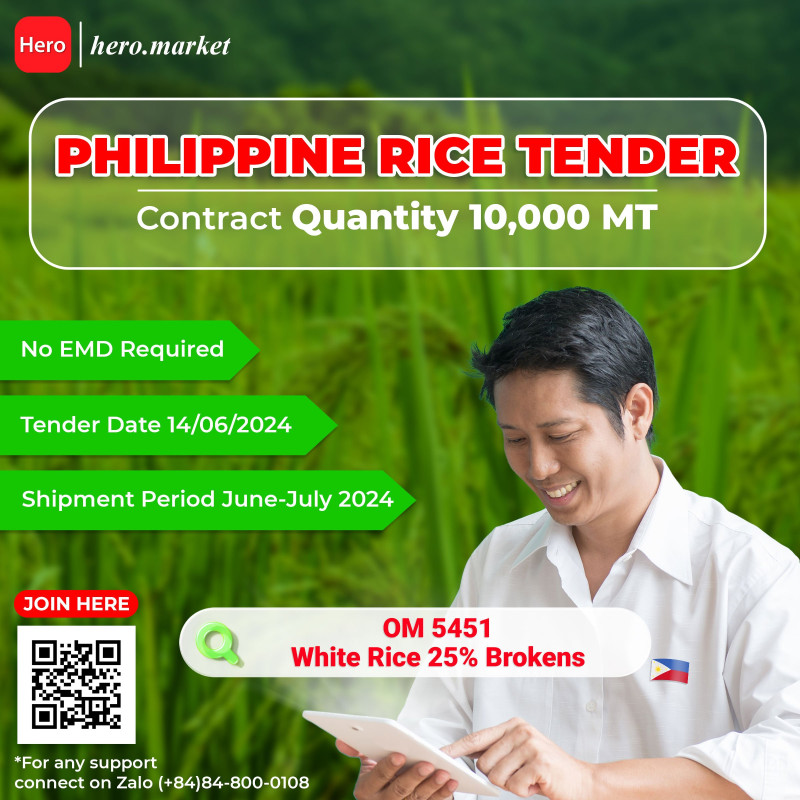We have seen a multitude of agritech companies jump on to becoming fullstack. Fullstack is the only way to survive and thrive in agriculture.
Full-stack definitions are fluid and to wrap our heads clearly around this, it is important to understand a key concept, when it comes to marketplaces: Liquidity. Liquidity is important here because when you are trying to build a marketplace, you are solving a chicken-egg problem: How do you build a user base for a two-sided market when each side depends on the prior existence of the other side?
Most agritech startups have found the best way to address this problem by piggybacking onto existing longstanding value chain networks: Traders, Agri-Input Retailers, brokers/Commission Agents. Eventually, this has ballooned to become the default play of B2B2C model in agritech. Now when you become a marketplace piggybacking onto existing agricultural value chain networks, it gets you liquidity asap, but you inherit not just the longstanding relationships that farmers have shared with traders, but also the asymmetry inherent in the relationship shared by farmers with traders.
It is an extremely consequential point that gets hardly discussed in any agritech discourse. “To work well, marketplaces have to provide thickness, i.e. they need to attract a large enough proportion of the potential participants in the market; they have to overcome the congestion that thickness can bring, by making it possible to consider enough alternative transactions to arrive at good ones; and they need to make it safe and sufficiently simple to participate in the market, as opposed to transacting outside of the market, or having to engage in costly and risky strategic behavior.”
Operating in a highly Fragmented market allows building strong network effects: Agri-supply chains are very fragmented with various sizes of suppliers and also in the road, air, sea freights and warehousing space. Making goods move from A to point B require lots of communications and interactions that can be painful to manage. Aggregating supply — especially if it is heterogeneous and require a high-level of vetting —making it accessible and manageable through software quickly generates network effects, while aggregating demand generates cost efficiencies and pricing power.
Usually, customers in our space don’t care about the supply side of the platform as long as it fits their expectations in terms of quality & cost. We do not appear as a marketplace to our customer but as the operator of the contract, customers usually don’t care much about the supplier if it respects their requirements. Service and Tech differentiation is key here because it drives prices down, saves cost on the medium-term and/or provides additional value through analytics, data, and visibility.






